Government Initiatives and Funding
The smart street-lights market in Germany is experiencing a boost. This boost is due to various government initiatives aimed at enhancing urban infrastructure. The German government has allocated substantial funding, estimated at €500 million, to support smart city projects, which include the deployment of smart street-lights. This funding is part of a broader strategy to modernize urban environments and improve energy efficiency. As municipalities seek to upgrade their lighting systems, the financial backing from the government plays a crucial role in facilitating the adoption of advanced technologies. Furthermore, the emphasis on sustainability aligns with Germany's commitment to reducing carbon emissions, thereby driving the demand for smart street-lights that utilize energy-efficient LED technology. This trend indicates a strong correlation between government support and market growth, positioning the smart street-lights market as a key component of Germany's urban development agenda.
Rising Urbanization and Population Density
Germany is witnessing a trend of rising urbanization, which is significantly impacting the smart street-lights market. As urban areas become more densely populated, the demand for efficient and effective public lighting solutions increases. The urban population in Germany is projected to reach 80% by 2030, necessitating the implementation of smart street-lights to enhance safety and visibility in crowded areas. This demographic shift compels city planners to invest in modern lighting systems that not only improve public safety but also contribute to energy conservation. The smart street-lights market is likely to benefit from this urbanization trend, as municipalities seek to upgrade their infrastructure to accommodate growing populations. Consequently, the integration of smart lighting solutions is becoming essential for managing urban environments effectively, thereby driving market growth.
Technological Advancements in Lighting Solutions
Technological advancements are significantly influencing the smart street-lights market in Germany. Innovations such as IoT connectivity, adaptive lighting systems, and integrated sensors are transforming traditional street lighting into intelligent solutions. These technologies enable real-time monitoring and control, allowing municipalities to optimize energy consumption and reduce operational costs. For instance, the integration of motion sensors can adjust lighting levels based on pedestrian and vehicular traffic, potentially leading to energy savings of up to 30%. Moreover, the adoption of smart lighting solutions is expected to grow, with projections indicating a market expansion of approximately 15% annually over the next five years. This growth is driven by the increasing demand for smart city solutions and the need for efficient urban management, making technological advancements a pivotal driver in the smart street-lights market.
Enhanced Data Analytics and Smart City Integration
The integration of data analytics into urban infrastructure is emerging as a vital driver for the smart street-lights market in Germany. As cities evolve into smart cities, the ability to collect and analyze data from street lighting systems becomes increasingly important. Smart street-lights equipped with sensors can gather data on traffic patterns, pedestrian movement, and environmental conditions, providing valuable insights for urban planning. This data-driven approach enables municipalities to optimize lighting schedules and reduce energy waste, potentially achieving savings of up to 20%. Furthermore, the integration of smart street-lights with other smart city applications, such as traffic management and public safety systems, enhances overall urban efficiency. As cities continue to embrace digital transformation, the demand for smart street-lights that facilitate data analytics is expected to grow, positioning this market as a key player in the future of urban development.
Focus on Sustainability and Environmental Concerns
Sustainability is a critical driver for the smart street-lights market in Germany, as environmental concerns gain prominence among citizens and policymakers alike. The increasing awareness of climate change and the need for sustainable urban development are prompting municipalities to adopt energy-efficient lighting solutions. Smart street-lights, which utilize LED technology and renewable energy sources, align with Germany's environmental goals. Reports suggest that transitioning to smart street-lights can reduce energy consumption by up to 50%, significantly lowering carbon footprints. Additionally, the integration of solar-powered street lights is gaining traction, further enhancing sustainability efforts. This focus on environmental responsibility is likely to propel the smart street-lights market, as cities strive to create greener, more sustainable urban spaces that meet the expectations of their residents.

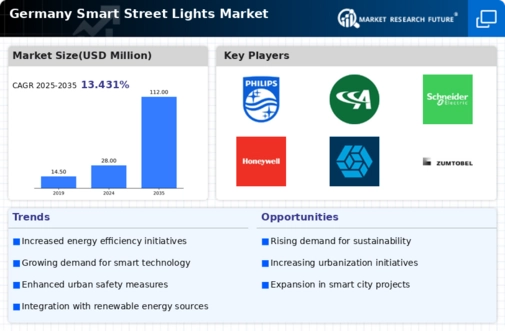
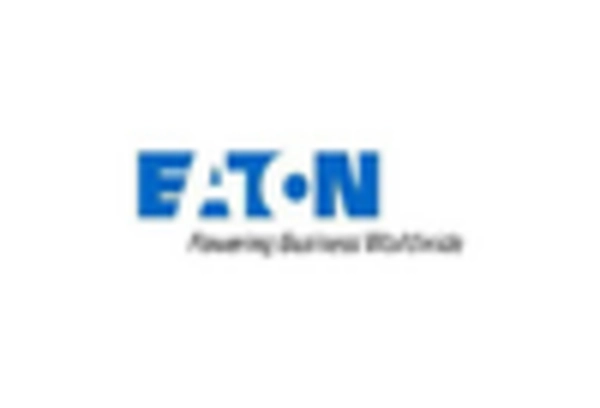
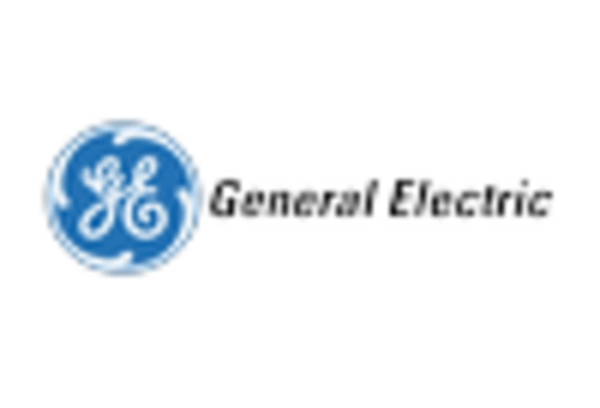
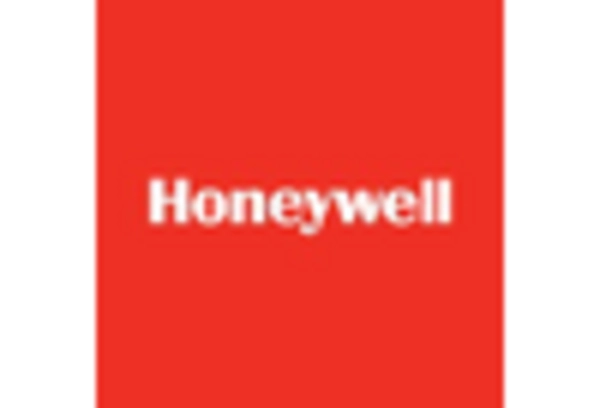
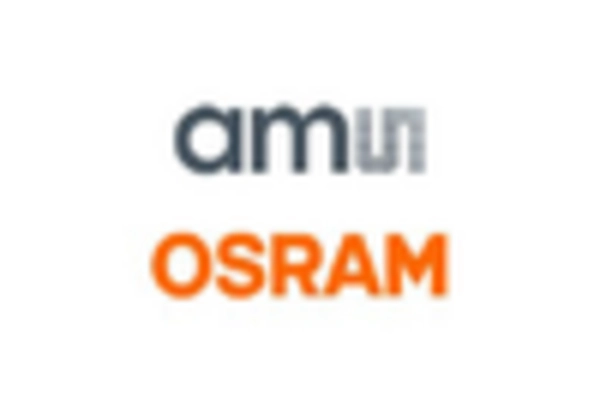
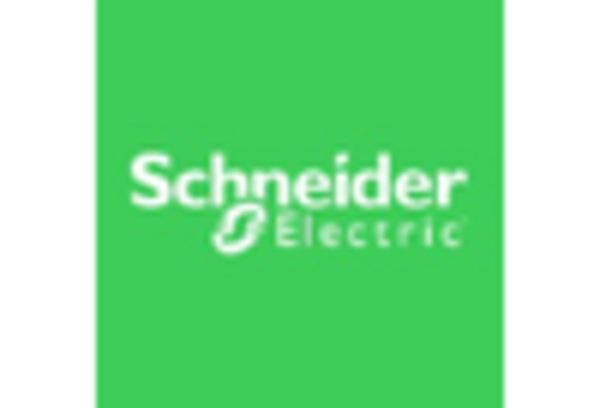









Leave a Comment